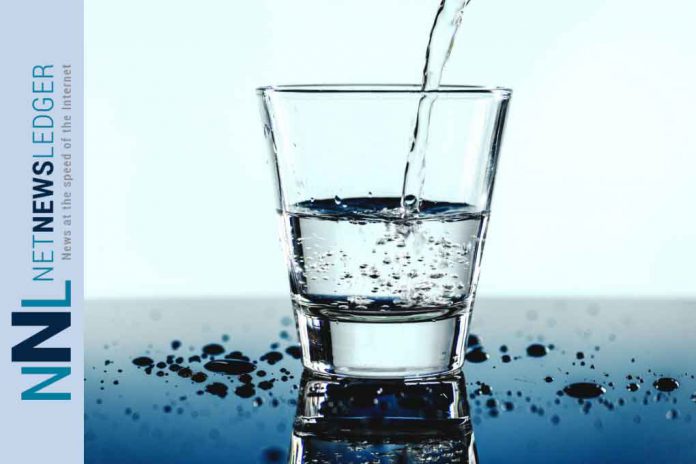The majority of the United States population drinks tap water. However, one study found that 71% of water drinkers sometimes use the tap, with around 12% reporting not to drink tap water at all. This statistic is worrying as more areas in Flint, Michigan are experiencing similar issues with lead in their water, in addition to other undesirable materials. Here’s what you need to do to keep your home safe.
Invest in a water filter
Water filters are an effective way to protect yourself and your family from the dangers of bad tap water. You can either add your home’s primary water supply (to cover all of your water) or individual sources. For example, some may just add a filter directly to their main faucet line.
The selection here usually revolves around costs and expenses. Typically, a full house water filter will cost more than one for your single line. You can also save money by buying a water jug with a filter, though you will be limited depending on the amount of water in your container. This jug filter also does not protect your other equipment such as showers and washing machines.
Be sure to buy a filter quickly as these are in high demand. For example, online searches for equipment (including water filters) have increased 26% in recent years. This is partly due to concerns such as the Flint water crisis and other water issues that have recently spread across the country.
Check your pipes
Pipeline corrosion is a serious problem that can lead to contaminated drinking water. This problem is the main cause of the Flint water crisis as years of poor maintenance resulted in pipes getting out of the pipes and into the water. Hence, you need to take this problem seriously in order to minimize your potential risk.
Speak to a local plumber and ask them to check all of your pipes. This process shouldn’t be considered a home improvement step as it is so easy for homeowners to miss signs of rust, decay, and more. However, they can give you an idea of the extent of the problem and replace your pipes if necessary. You can do this over a long period of time or all at once to minimize or maintain costs.
If you notice corrosion, you are not alone. According to our sources, pipeline corrosion is wreaking havoc on the U.S. economy, costing more than $ 9 billion in repairs and damage each year. Avoid serious bills and potential water hazards by repairing or replacing your pipes before they become permanently damaged.
Empty your water heater
Finally, it would be helpful if you were to consider draining your water heater to protect yourself and your home from the dangers of contamination. Your water heater can contain various heavy elements, such as: B. Various metals and minerals that accumulate in the bottom and cause potential drinking water problems for many.
When you drain your water heater, you can also clean the floor and remove that residue by rinsing it out and avoid serious system degradation. Equally important, you can prevent rotten pipes that can lead to contaminated and unsafe drinking water that could harm your family’s health.
How often should you drain your water heater? It depends on many different factors. For example, if you have hard water, you should drain it at least two or three times a year to minimize mineral build-up. However, Bob Villa and The Family Handyman say most people should be okay with draining their water heater annually.
These simple tips are things almost anyone can do for their home. You can handle them on a DIY basis if you are comfortable with it. Alternatively, you can hire a professional to manage these for you. Whichever step you take, be sure to double-check each process for the best chance of getting it done properly. This means that your tap water will remain potable for years.


Comments are closed.